Gorilla Permit Uganda 2025 – Everything You Need to Know
Deep in the emerald jungles of East Africa, hidden beneath the mist-laden canopy of ancient rainforest, lives one of the world’s most awe-inspiring creatures—the mountain gorilla. These magnificent primates, sharing over 98% of human DNA, are not only symbols of strength and kinship, but also powerful reminders of the delicate balance between wildlife and human existence. Nowhere is this connection more profoundly felt than in the lush highlands of Uganda, where gorilla trekking offers one of the rarest and most emotionally charged wildlife encounters on Earth.
In 2025, the opportunity to observe these critically endangered animals remains a privilege tightly regulated by Uganda’s wildlife authorities. The gorilla permit, your passport to the forest kingdom, is not just a ticket—it is a critical component of conservation, controlling human interaction while directly funding the protection of these majestic creatures. Understanding how the system works, what it costs, and how to prepare for this life-changing experience is essential for every responsible traveler.
This in-depth guide unveils everything you need to know about the Uganda gorilla permit in 2025, from permit types and prices to booking procedures, trekking regulations, and conservation impact. It is your complete reference for planning a journey into the wild that promises not only stunning memories but meaningful purpose.
Understanding the Gorilla Permit: More Than Just Access
The gorilla permit is a document issued by the Uganda Wildlife Authority (UWA), granting permission to participate in a guided trek to observe a specific gorilla family in its natural habitat. These treks take place in the Bwindi Impenetrable National Park and Mgahinga Gorilla National Park, the only two places in Uganda where mountain gorillas are found.
Each permit allows for a one-hour encounter with a habituated gorilla family, following hours of guided trekking through rugged terrain and dense vegetation. The permits are limited in number, with only eight visitors allowed per gorilla group per day, ensuring that the experience remains intimate and minimally disruptive to the animals.
In 2025, as in previous years, obtaining a permit is mandatory and should be regarded as the cornerstone of your travel plans. It is advisable to understand not only the logistics but also the conservation ethos behind the system, which is designed to safeguard the gorillas, empower local communities, and preserve their fragile environment.
Gorilla Permit Cost in Uganda – 2025 Pricing and Structure
As of 2025, the official cost of a standard Uganda gorilla permit is structured as follows:
For foreign non-residents, the permit is priced at $800 USD per person.
For foreign residents holding valid work permits or residency status within East Africa, the cost is $700 USD.
For East African citizens, the fee is 300,000 Ugandan shillings.
This pricing remains consistent with Uganda’s efforts to balance global tourism appeal with conservation funding and local affordability. It should be noted that this fee covers the trekking experience only—it does not include transport, accommodation, porter services, or gratuities. However, what it does include is invaluable: a trained UWA guide, park entrance, one hour with the gorillas, and a lifetime of memories.
For those seeking a more extended and immersive experience, gorilla habituation permits are also available, granting up to four hours with a semi-habituated gorilla group. This unique opportunity is currently offered only in the Rushaga sector of Bwindi, and the 2025 cost is $1,500 USD per person for foreign non-residents.
Where to Trek – The Gorilla Sectors of Uganda
Uganda’s gorilla population is spread across two national parks, but the majority reside in the sprawling forest of Bwindi Impenetrable National Park, which is divided into four tracking sectors: Buhoma, Ruhija, Nkuringo, and Rushaga. Each sector hosts several habituated gorilla families, and the choice of location influences not only the trekking difficulty but also the lodging and logistical arrangements.
Mgahinga Gorilla National Park, located near the borders of Rwanda and the Democratic Republic of Congo, offers a smaller but equally rewarding experience, with one habituated gorilla family known as Nyakagezi, which has become known for its stable home range and photographic accessibility.
When booking a permit, the specific park and sector are assigned. This decision should align with your travel itinerary, accommodation availability, and physical readiness, as some sectors involve steeper or longer hikes than others.
Booking Your Gorilla Permit – Timing and Process
Due to limited availability and high demand—especially during peak seasons from June to September and December to February—early booking is essential. Permits can be secured up to two years in advance, and reputable tour operators or licensed travel agents are often used to facilitate the process.
While direct booking through the Uganda Wildlife Authority is possible, most travelers find it more convenient to go through a trusted safari provider who manages not only the permit reservation but also accommodation, transportation, and local logistics. Doing so ensures that your permit matches your trek location and schedule, minimizing the risk of misalignment.
Full payment is required at the time of booking, and permits are non-refundable and non-transferable, unless UWA policies are updated in the future. It is therefore crucial to finalize travel dates and arrangements before confirming your permit.
What to Expect on Trekking Day – From Trailhead to Encounter
Gorilla trekking begins early in the morning, with visitors arriving at their respective sector’s park headquarters for a briefing by UWA rangers. Here, groups are assigned based on fitness levels, and important guidelines are shared regarding wildlife behavior, photography etiquette, and health protocols.
Trekking time can range from one to six hours, depending on the gorilla group’s location. The terrain is steep, slippery, and at times dense, making sturdy footwear, rain gear, and physical preparedness essential. Porters are available for hire, offering assistance and supporting local livelihoods at the same time.
Once the gorilla family is found, trekkers are allowed exactly one hour in their presence. This is the moment when time seems to slow, and the world narrows to the quiet breathing, expressive eyes, and gentle movements of a creature so closely related to us, yet so profoundly wild. It is an experience marked not by adrenaline, but by humility, wonder, and quiet reverence.
Conservation Impact – Your Permit as a Force for Good
Every dollar spent on a gorilla permit goes far beyond a moment of wildlife observation. A significant portion of permit revenue is directed towards conservation initiatives, including habitat protection, veterinary care, anti-poaching patrols, and community development. In fact, a share of the funds is invested directly into the neighboring communities, incentivizing locals to become stewards rather than adversaries of wildlife.
This model of sustainable tourism has been credited with the gradual increase in mountain gorilla populations, a rare success story in the realm of endangered species conservation. Uganda’s approach proves that when tourism is done thoughtfully, it becomes a powerful conservation tool, benefitting both the environment and the people who depend on it.
Health and Ethical Considerations – Trekking With Responsibility
To protect the gorillas from disease—especially respiratory infections that can be transmitted from humans—strict health protocols are in place. Visitors showing signs of illness may be denied access on the day of the trek. It is also required to maintain a minimum distance of seven meters from the gorillas, avoid flash photography, and observe all behavioral instructions provided by the guide.
These regulations are not inconveniences but necessary guardianships of a species that survives under constant threat. Respecting these rules ensures that your encounter contributes positively to the continued survival of the mountain gorillas.
Make It Unforgettable with WildHorn Africa
A gorilla trek in Uganda is not just a holiday; it is a pilgrimage into one of nature’s last sacred sanctuaries. It requires careful planning, guided expertise, and thoughtful execution. That is why partnering with a trusted safari company like WildHorn Africa makes all the difference.
WildHorn Africa specializes in crafting tailored gorilla trekking adventures, combining responsible tourism with authentic cultural immersion and seamless travel logistics. From securing your gorilla permit and arranging expert-guided treks to offering luxury lodge accommodations and immersive safari extensions, WildHorn Africa ensures that your journey is meaningful, ethical, and entirely unforgettable.
Book your Uganda gorilla safari with WildHorn Africa today—and step into the rainforest realm of the gentle giants with the guidance of those who know it best.
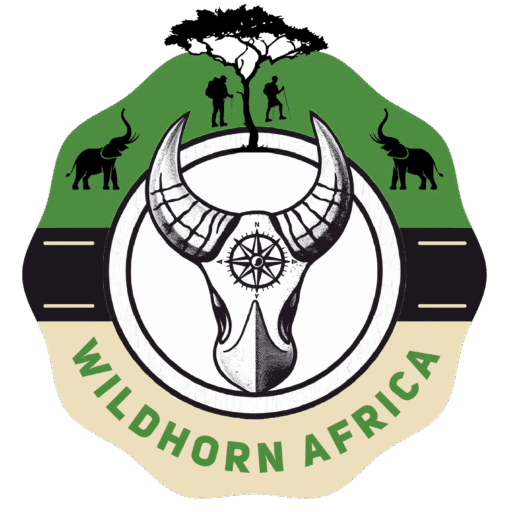
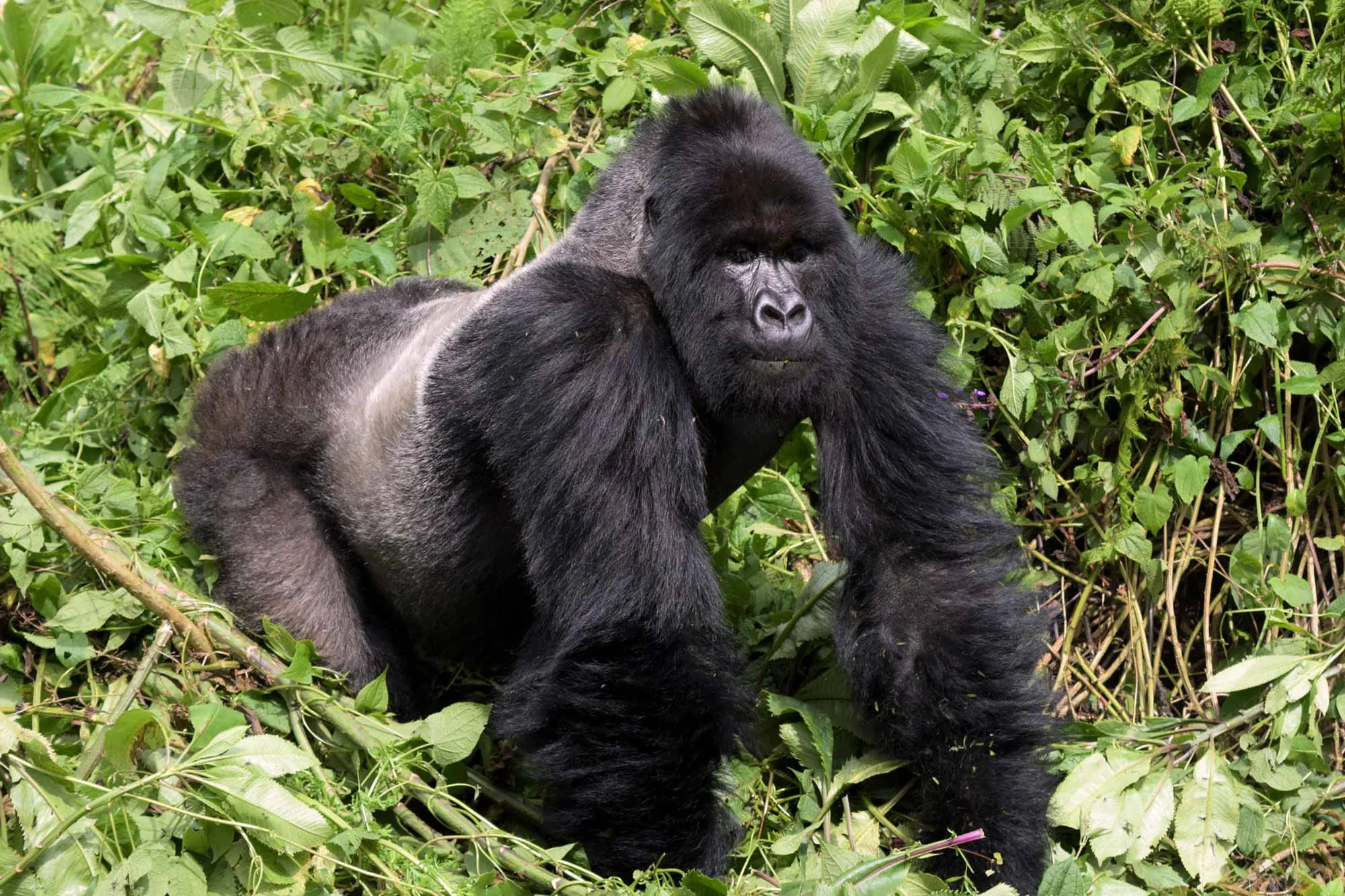
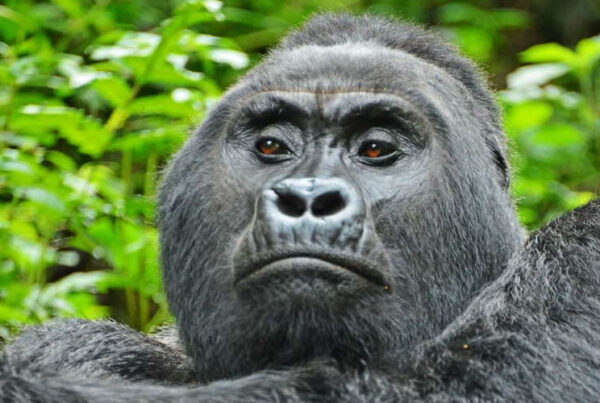
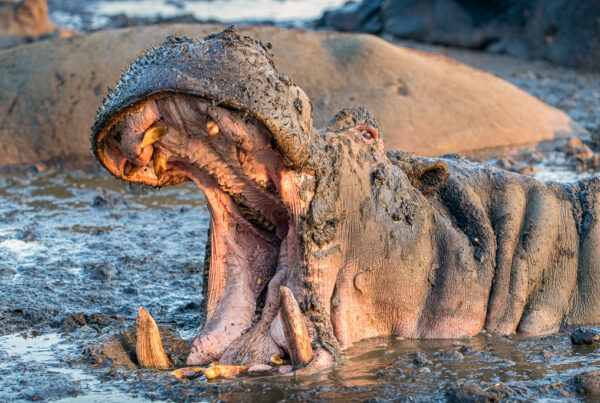
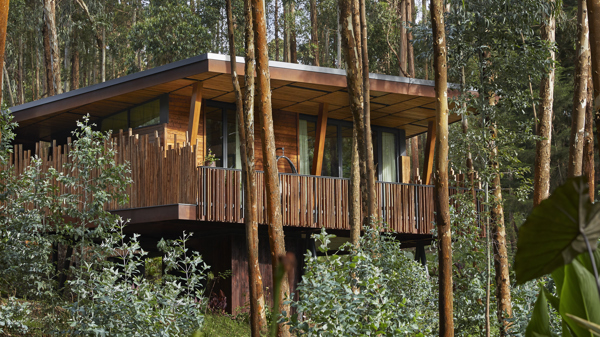
 WildHorn Africa – Authentic and unforgettable tours across Africa, guided by local experts who know the land, wildlife, and culture best.
WildHorn Africa – Authentic and unforgettable tours across Africa, guided by local experts who know the land, wildlife, and culture best.


